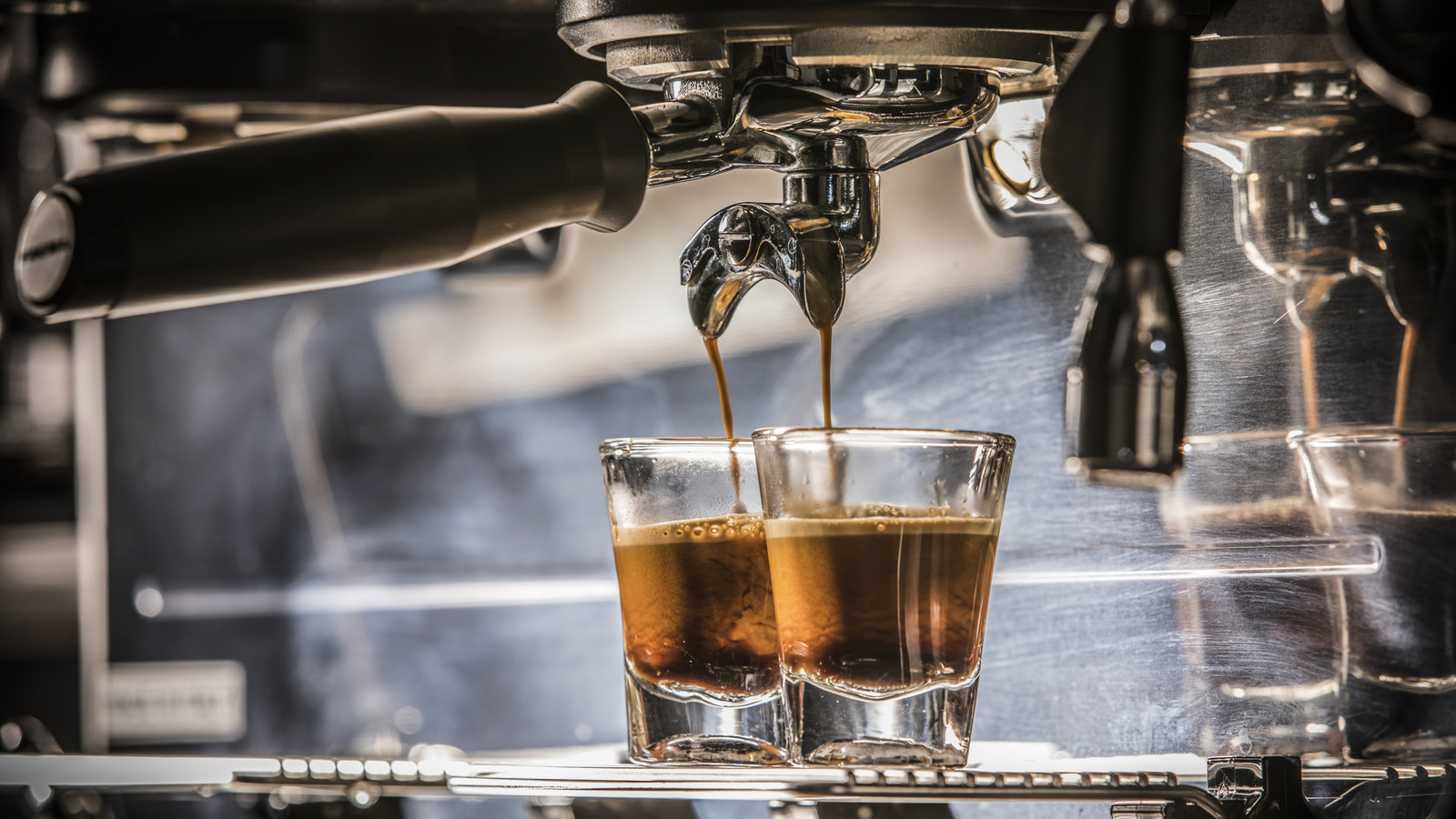
"Espresso represents a concentrated form of coffee, brewed under high pressure, resulting in a stronger flavor and higher caffeine content, contrasting with regular coffee's milder profile."
"While both espresso and coffee are derived from coffee beans, their preparation methods—espresso being brewed finely and under pressure—create distinct differences in strength and taste."
"In essence, espresso is a more intense version of coffee, differing not only in brewing technique but also in serving size and caffeine concentration."
"The brewing process differentiates coffee from espresso: the former utilizes a coarser grind in larger quantities, while espresso utilizes a finer grind brewed at high pressure."
Espresso and coffee, while both derived from coffee beans, display key differences in preparation and taste. Regular coffee is brewed from semi-coarsely ground beans and diluted with more water, resulting in a milder flavor. Espresso, conversely, is made from finely ground dark beans, using a high-pressure brewing method, creating a richer, stronger drink. It boasts significantly higher caffeine per ounce. Each type serves distinct purposes; coffee is often enjoyed hot or iced with creams or syrups, while espresso can serve as a base for various espresso drinks due to its robust flavor.
Read at Tasting Table
Unable to calculate read time
Collection
[
|
...
]